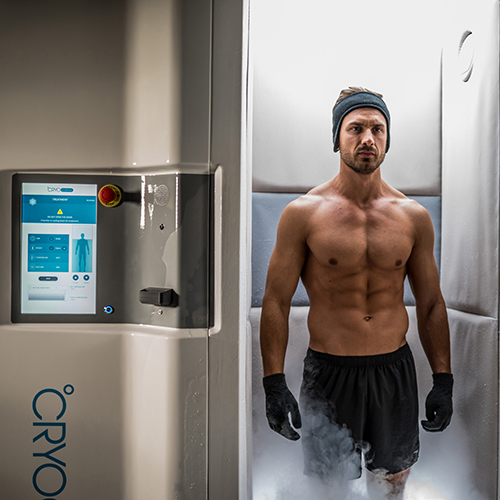Cryotherapy, a treatment that involves exposing the body to extremely cold temperatures for a short duration, has gained considerable attention for its potential benefits in alleviating various health conditions. Among these, its role in reducing chronic fatigue and enhancing energy levels has sparked growing interest within both the medical community and among wellness enthusiasts. Chronic fatigue, characterized by persistent tiredness that is not alleviated by rest and often accompanied by cognitive dysfunction and pain, can significantly impact an individual’s quality of life. Traditional treatments for chronic fatigue syndrome CFS have often included a combination of medication, cognitive behavioral therapy, and graded exercise therapy. However, these methods do not always yield satisfactory results, leading researchers and patients alike to explore alternative approaches cryotherapy being one of them. Whole-body cryotherapy WBC, which involves standing in a cryogenic chamber cooled to temperatures between -110°C and -140°C for 2-4 minutes, has shown promise in relieving symptoms of fatigue. The intense cold triggers a systemic response that includes vasoconstriction followed by vasodilation, releasing endorphins and anti-inflammatory cytokines.

This physiological reaction is believed to reduce inflammation, improve circulation, and enhance cellular repair mechanisms, all of which may contribute to a decrease in fatigue levels. Inflammation is often implicated in the pathology of chronic fatigue, particularly in cases where the immune system is overactive. By reducing systemic inflammation, cryotherapy may help restore a more balanced immune response, potentially alleviating the exhaustion that many chronic fatigue sufferers experience. Furthermore, cryotherapy appears to influence neurotransmitter levels, including dopamine and norepinephrine, which play key roles in mood and energy regulation. By enhancing these neurochemical activities, cryotherapy can improve mental clarity, mood, and motivation factors that are frequently compromised in individuals with chronic fatigue. The release of endorphins during cryotherapy also promotes a sense of well-being, which can indirectly contribute to heightened energy levels and reduced perceptions of tiredness. Many users of cryotherapy report feeling invigorated and more alert after sessions, suggesting that the cold exposure may stimulate the nervous system in a way that counteracts lethargy. Athletes have long used cryotherapy to expedite recovery and boost performance, a testament to its energizing effects.
For non-athletes and individuals dealing with fatigue, the increased oxygenation of tissues, improved sleep quality, and enhanced metabolic function observed in cryotherapy users may collectively lead to better overall energy. Improved sleep is particularly relevant, as disrupted or poor-quality sleep is a common contributor to chronic fatigue. By regulating circadian rhythms and lowering stress hormones like cortisol, cryotherapy may help users achieve more restful sleep, thereby reducing fatigue during waking hours. Despite its promise, cryotherapy should not be considered a standalone treatment for chronic fatigue. It is best approached as a complementary therapy alongside a comprehensive medical plan. Individuals with certain conditions, such as cardiovascular disease or cold intolerance, should consult a healthcare provider before beginning cryotherapy. While more rigorous scientific studies are still needed to firmly establish the long-term efficacy of cryotherapy poole for chronic fatigue, current evidence and anecdotal reports suggest that it holds potential as a supportive strategy for boosting energy and improving quality of life in those struggling with persistent exhaustion.
